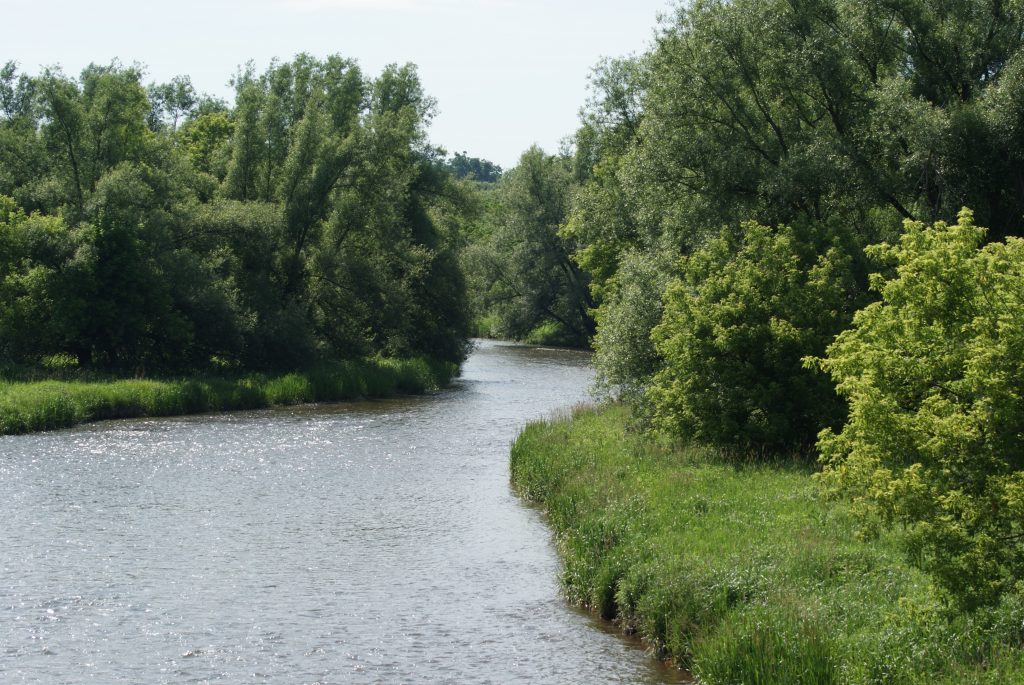Over 3,000 people participated in the recent town halls about the Greenbelt and Growth Plan review. From Niagara to Owen Sound, Peterborough to Toronto, concerned residents of the Greater Golden Horseshoe came out to make their voices heard.
The high turnout shows just how much people care that we protect our water, nature and farmland and build more efficient, walkable, transit-friendly communities.
I attended 13 of 17 town halls. And while community members spoke about a range of issues, one thing was evident: there is clear public support for the Greenbelt and the need to build compact connected communities.
Topics that residents spoke about included: coordinating transit, protecting farmland and access to local food, the need for active transportation and enforcing forest bylaws, improving water quality through green infrastructure and growing the Greenbelt.
Many attendees had read the Neptis report, The Fundamentals of the Growth Plan so they were aware that there is more than enough room to grow within our urban boundaries beyond 2031. Consequently, there is no need to remove lands from the Greenbelt.
Some had read the recent Toronto Star article about how we are losing prime agricultural land at an alarming pace. Between 2002-2014, we lost over 19,000 hectares of farmland between Lake Ontario and the Greenbelt.
People made the connection about the need to hold firm on urban boundaries and build up, not out. Even in communities where one acre low density lots are the normal building practice got it. At more than one meeting, the Paris effect came up. This refers to the idea that intensive cities can be attractive and inviting while keeping hard urban boundaries to protect farmland and retain rural communities beyond the urban edge.
We heard impassioned requests. For example, in Brantford, a petition was delivered to the review panel with 1,500 signatures asking that the Greenbelt be extended to protect farmland in Brant County. People love the Greenbelt and want it to grow.
A few of the interesting comments I heard were:
- we need to create jobs that protect the environment;
- growth should be based on the capacity of the infrastructure, not who owns the land;
- keep highways and urban energy infrastructure out the Greenbelt;
- planning needs to acknowledge agriculture as a business, and a rural employment use;
- place a 10 year moratorium on urban boundary expansions,
- increase taxes on vacant lands in urban areas
- manage foreign ownership of agriculture land as a food security issue.
While I wasn’t able to attend townhalls in Hamilton, Environment Hamilton’s Beatrice Ekoko was there, and she tells me that a key issue that kept coming up was concern for protecting prime agricultural land. As some Hamiltonians said, “You can’t eat money.”
One farmer said, “It is wrong to think of farmland as pension land.” She knows only too well that farmers worry about their retirement, but there has to be a better way to support food growers when they become too old to farm so that they don’t have to sell their lands to development.
“The developers jump over the belt and develop outside it anyway,” was another comment that came up repeatedly.
So…what to do? Attendees at Hamilton town halls had a range of ideas: Prime agricultural land should be off limits to development. Period. “Greenbelt the whole thing,” was a suggestion that came from a farmer at one session. It seems appropriate to “rename it the Foodbelt.”
“Create farmland trusts,” others have said. Some have suggested that government could expropriate agricultural lands for farming (like they have done in countries like Switzerland) even if it is not currently being farmed.
The Greenbelt and Growth Plan consultations were an opportunity for communities to come together to discuss how we can improve our cities and our countryside.
From what we heard, there’s a bright future ahead.
Want to make your voice heard? Tell Ontario to grow up and in, instead of out.







